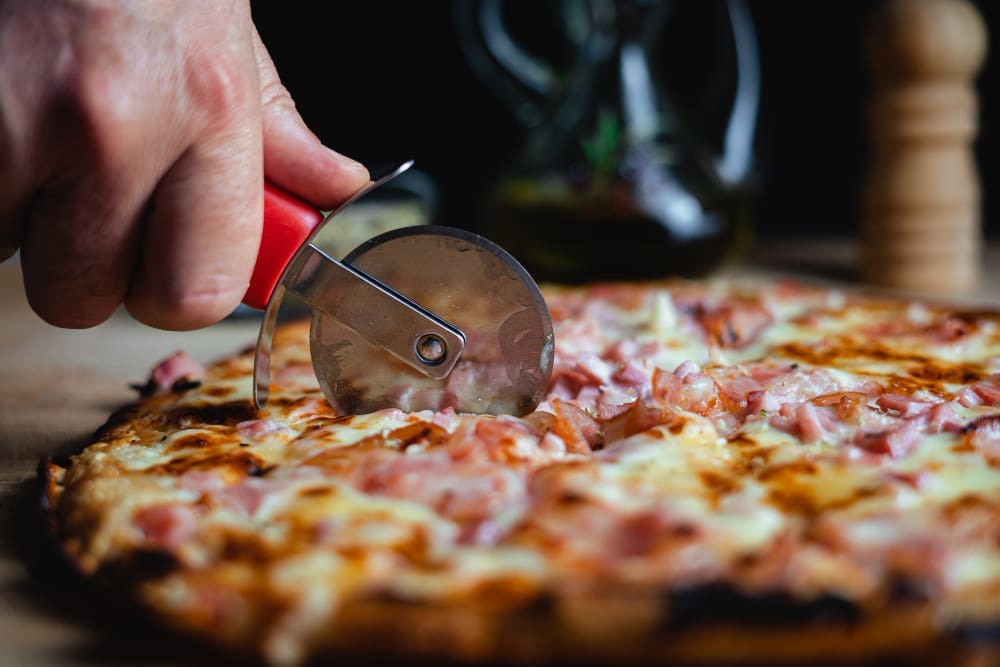Recently, social media has been abuzz with a curious observation from the classic film “Home Alone”. Viewers noted that the McCallister family’s pizza order, totaling around $12 per pizza, mirrors today’s prices. This intriguing observation raises the question: could pizza be resistant to inflation?
In “Home Alone,” a staple of holiday movie-watching, the McCallister family orders pizza with a cost strikingly similar to that of today’s prices. The pizza order, which seemed reasonably priced back in the film’s 1990 release, surprisingly aligns with modern costs after decades of inflation impacting various sectors.
This observation has sparked interest in understanding the factors that contribute to the apparent stability in pizza pricing over the years. Inflation typically affects the cost of goods and services, leading to noticeable price increases in everyday purchases. However, pizza, especially in the context of ‘Home Alone,’ seems to defy this trend, at least superficially.
To assess whether pizza is truly inflation-proof, it’s essential to break down the components that contribute to its cost. The primary ingredients in pizza include dough, sauce, cheese, and toppings, which are commodities subject to price fluctuations. Over the years, the cost of these ingredients has indeed varied, influenced by agricultural trends, trade policies, and supply chain factors.
Despite these variations, the competitive nature of the pizza industry may play a significant role in stabilizing prices. Restaurants must balance ingredient costs with consumer willingness to pay, often leading to innovative cost-management strategies that keep prices in check. Additionally, the simplicity of pizza as a food item allows it to be produced at various price points without drastically impacting quality.
Moreover, the perception of value associated with pizza could contribute to its inflation-resistant appearance. Pizza is often seen as an affordable, convenient meal option, which could influence businesses to maintain competitive pricing despite rising costs in other areas. Therefore, consumer expectations might shape pricing strategies, creating a scenario where pizza prices remain relatively stable while other foods see significant inflation.
Nevertheless, it’s crucial to recognize that the current observation may not fully capture the complexities of inflation and price stability. While the “Home Alone” example provides an interesting snapshot, broader studies would be needed to conclusively determine the inflation-proof nature of pizza.
In conclusion, while the “Home Alone” pizza scene offers an engaging illustration of seemingly stable pizza prices, the reality is multifaceted. Factors such as ingredient costs, competition, and consumer expectations play critical roles in pricing dynamics. Further analysis could provide deeper insights into whether pizza can truly resist the inflationary pressures that affect other commodities.
Ultimately, the notion that pizza might be inflation-proof stems from a combination of consumer perception and industry practices. While the “Home Alone” example provides a fascinating perspective, a definitive conclusion would require more extensive research into price patterns across different regions and time periods.








